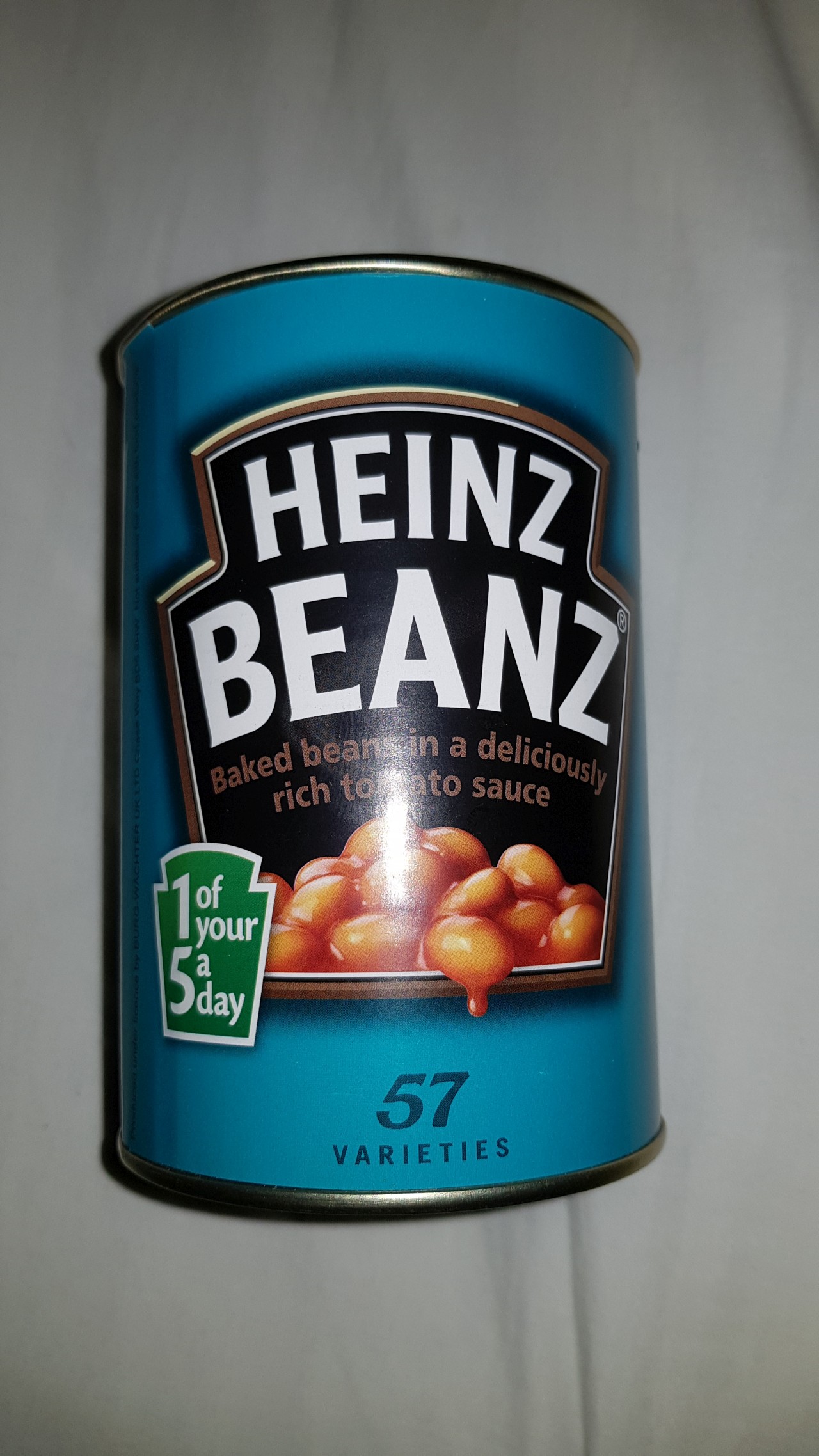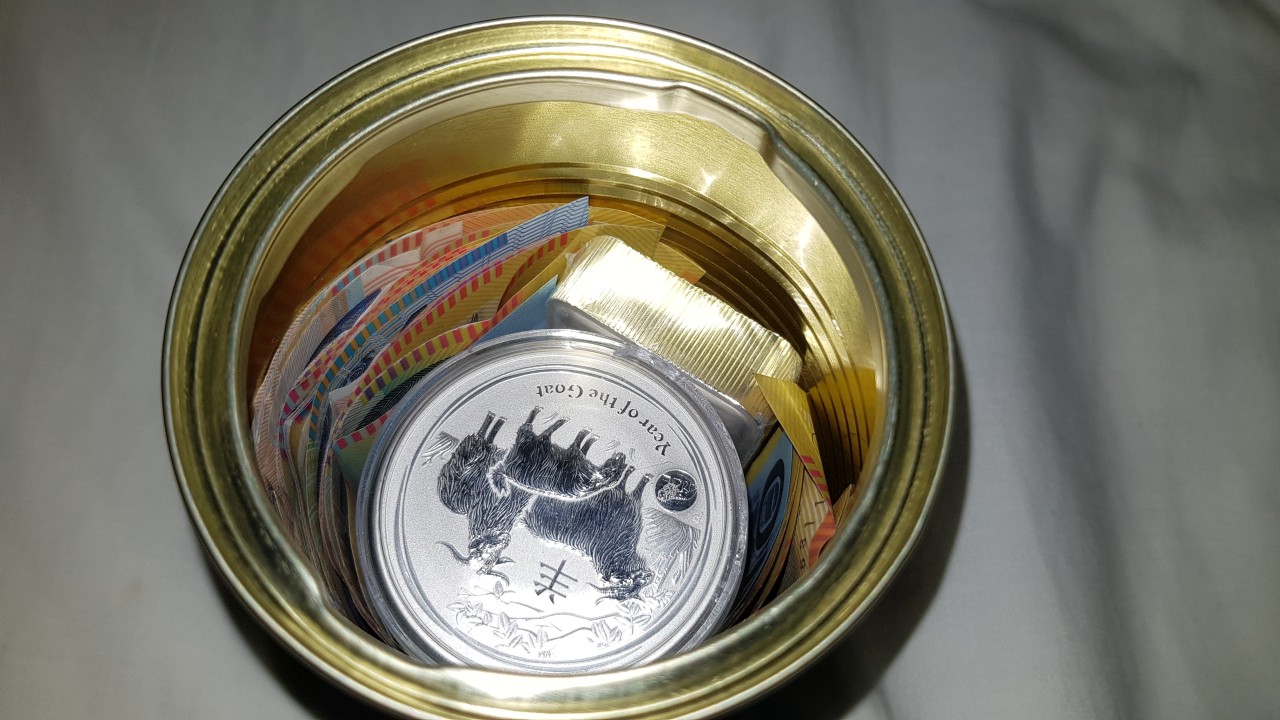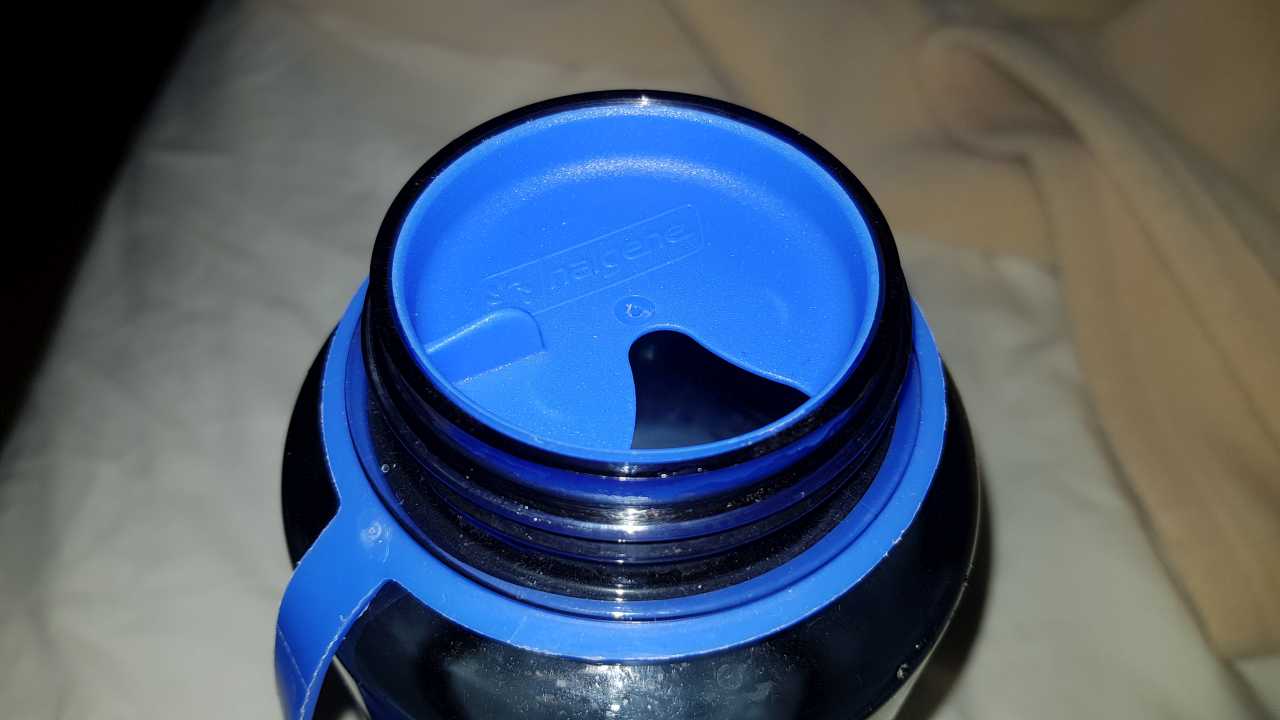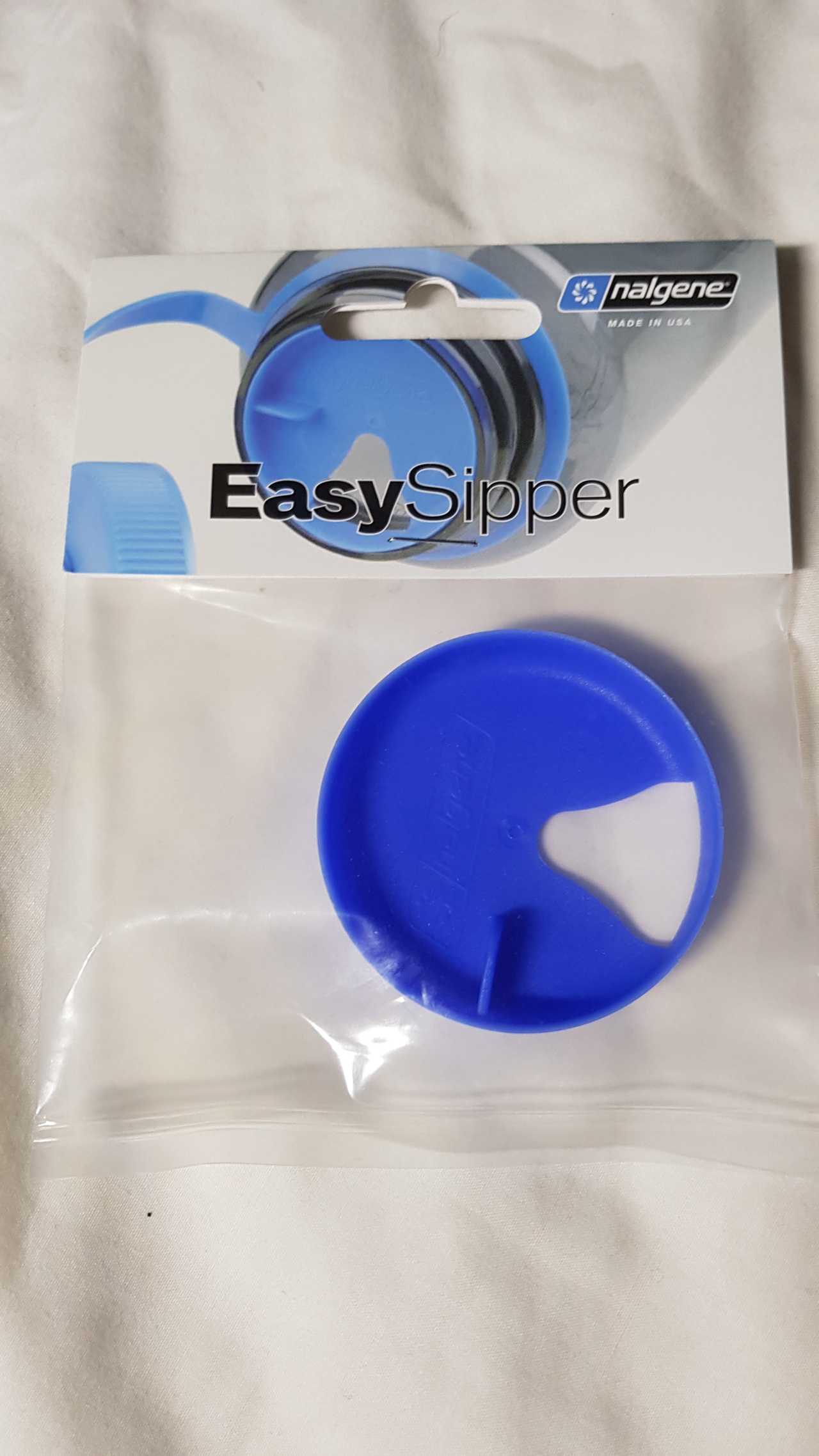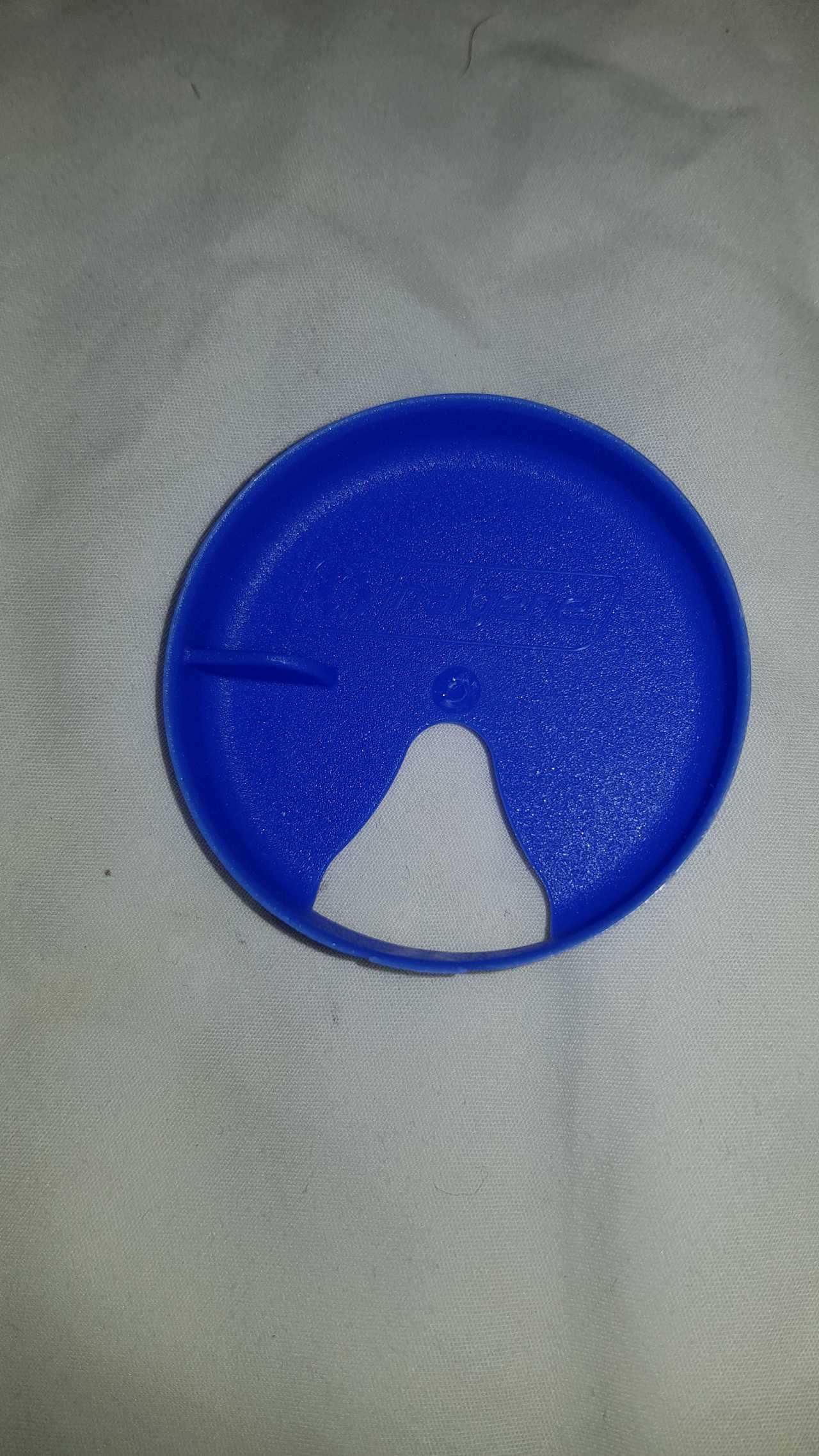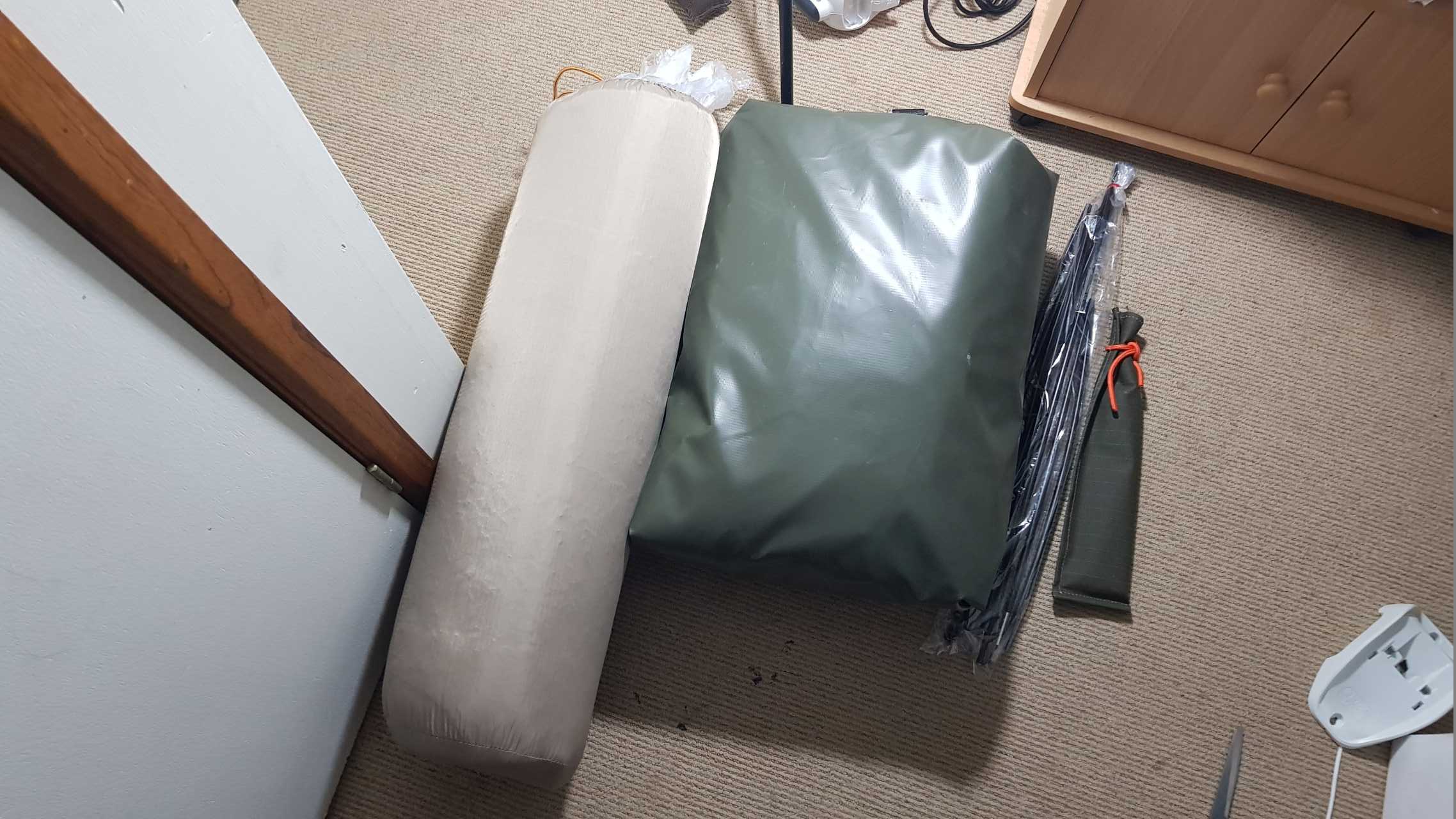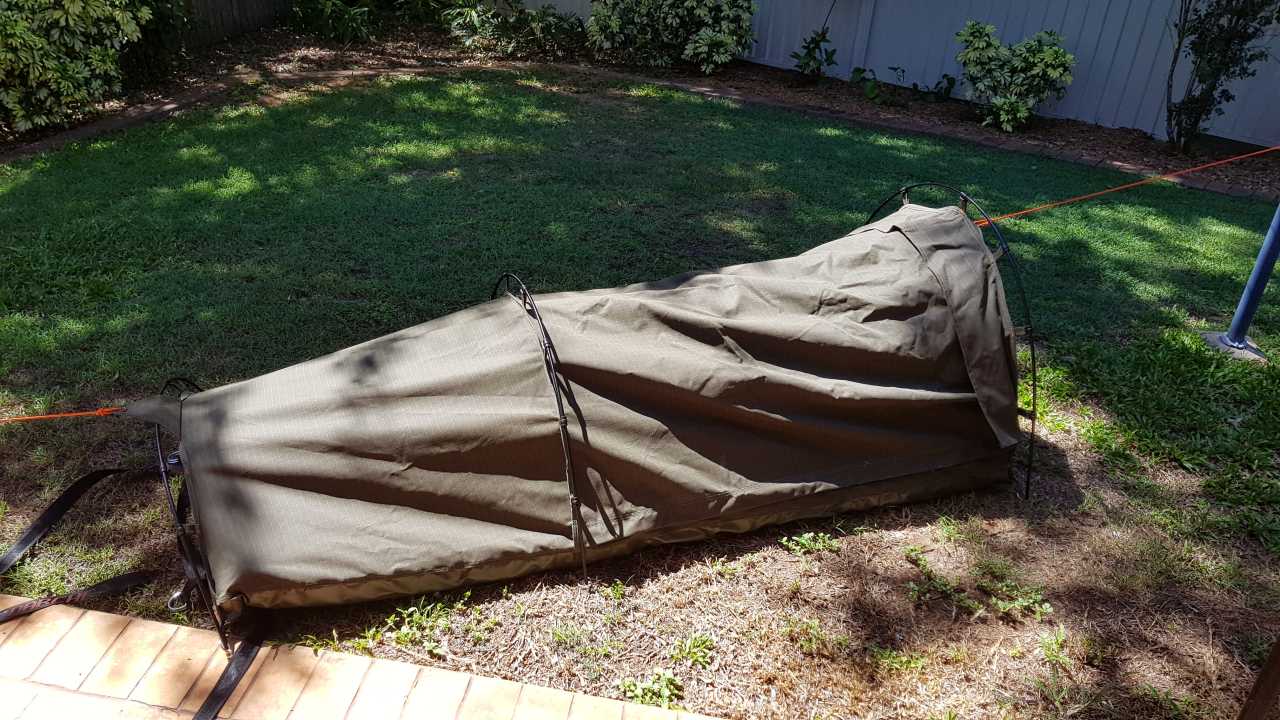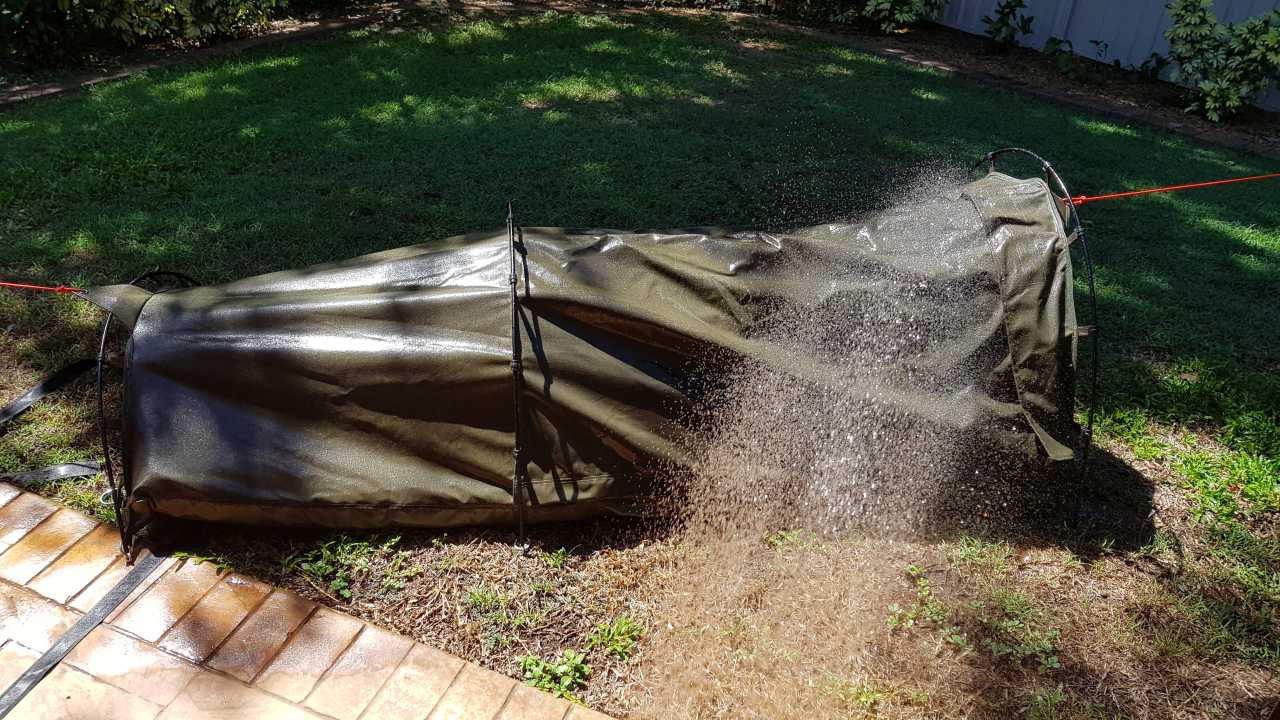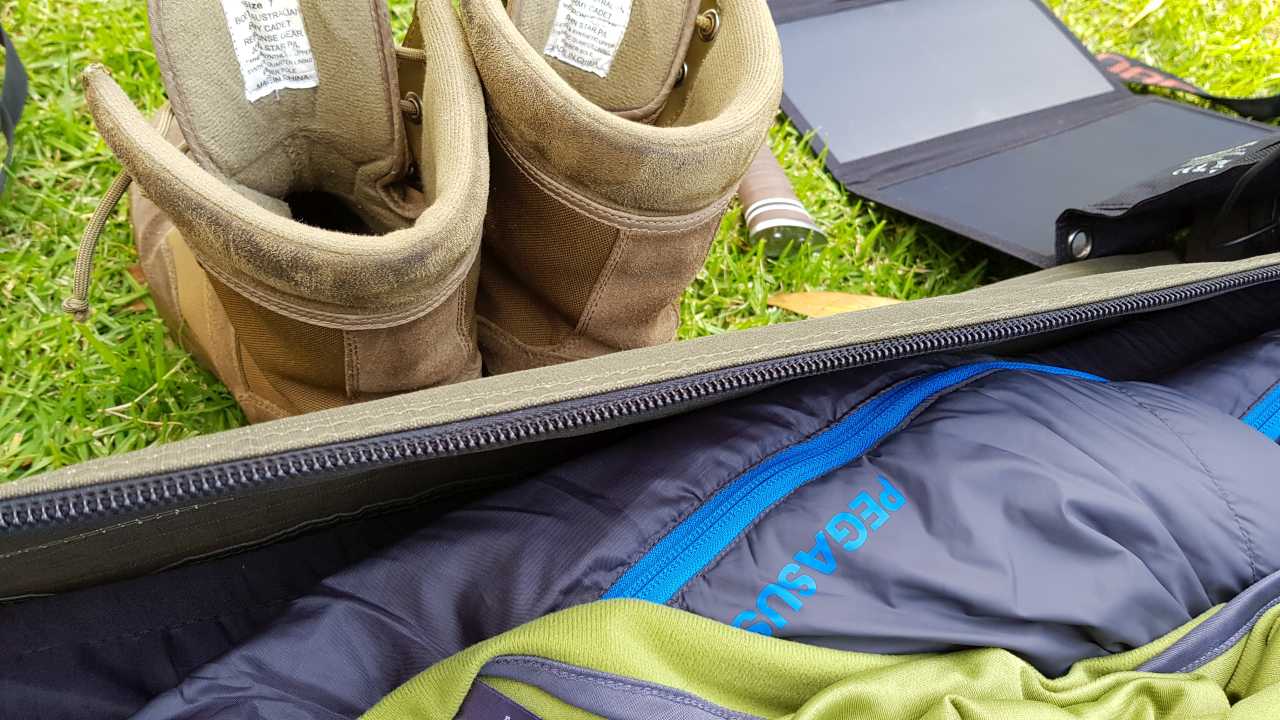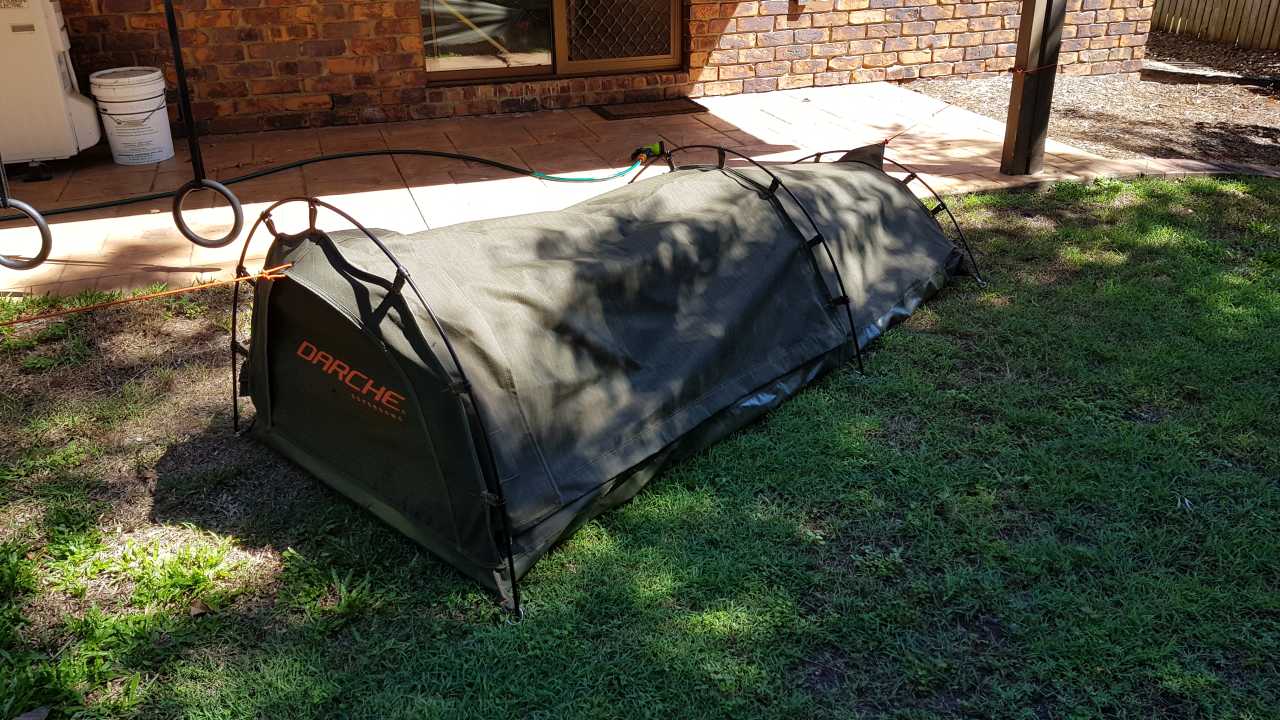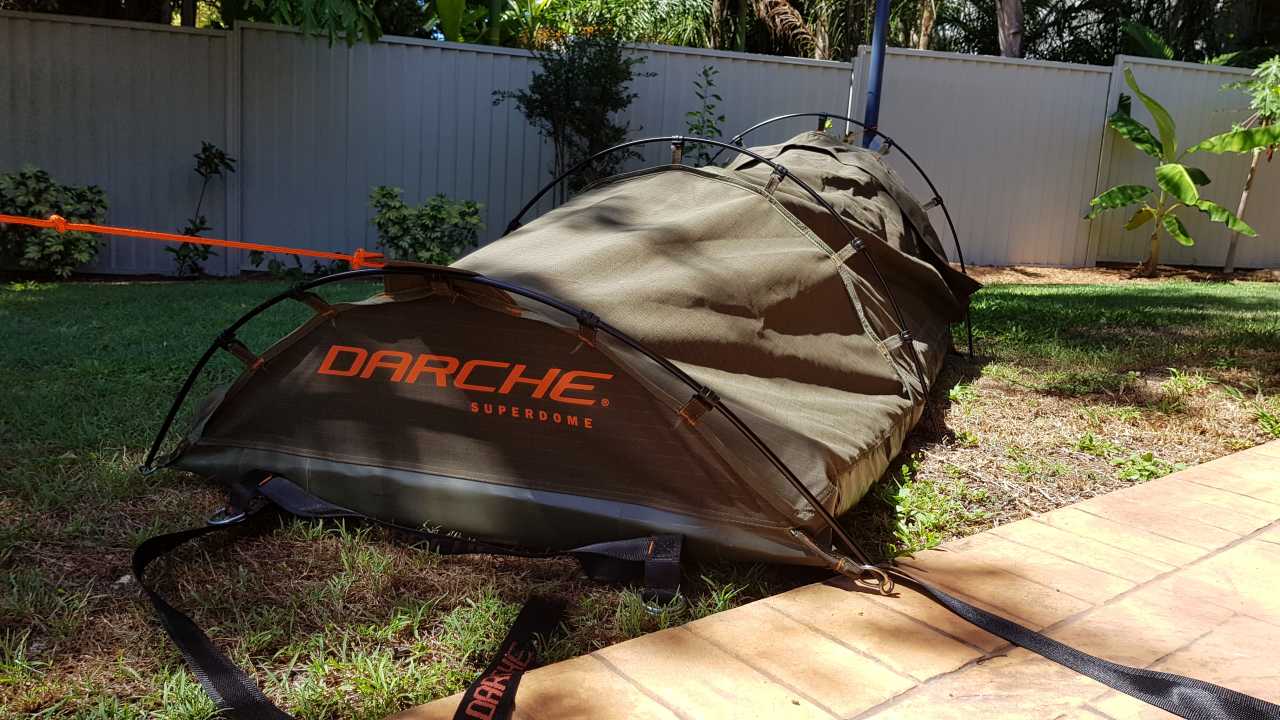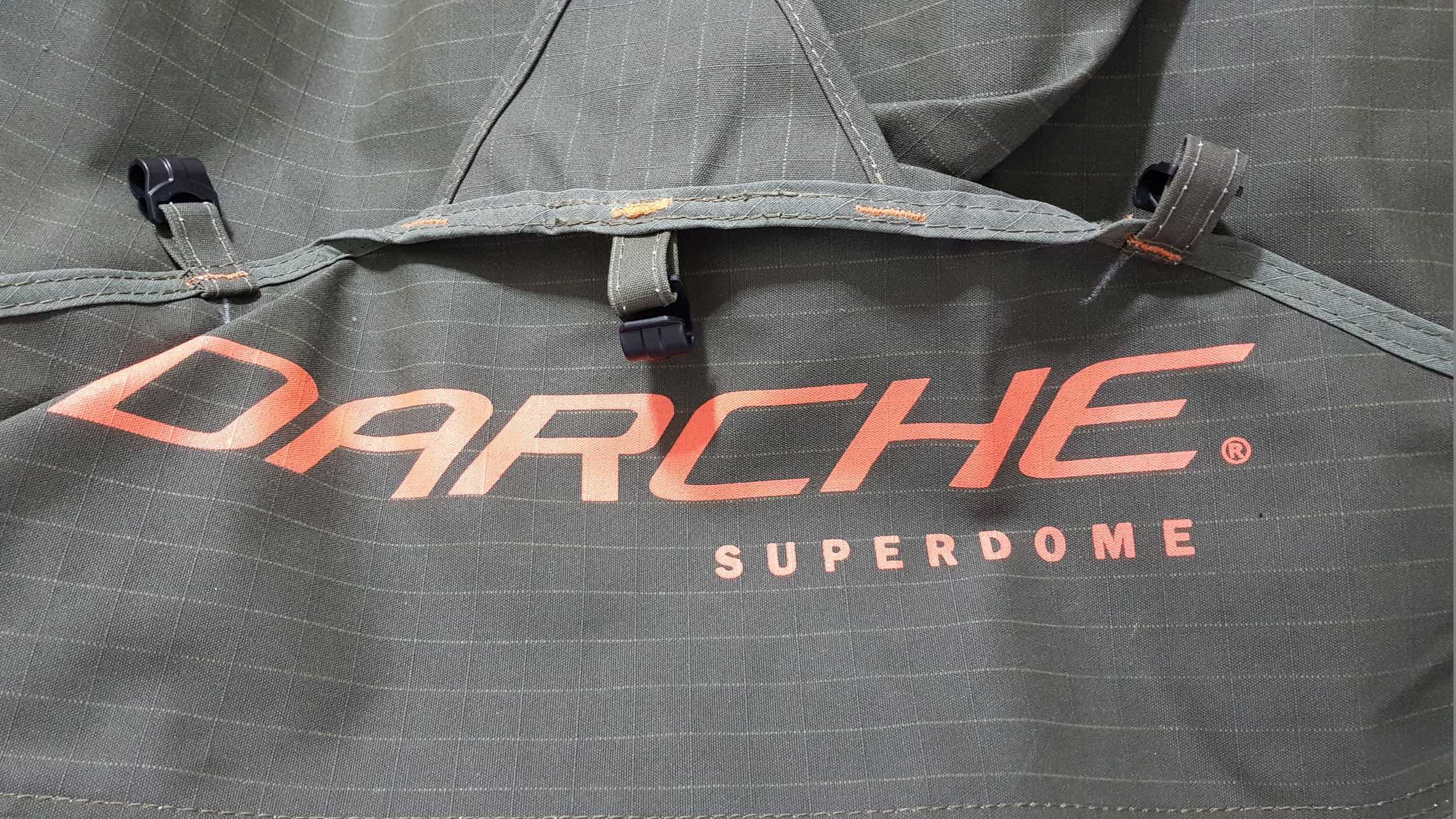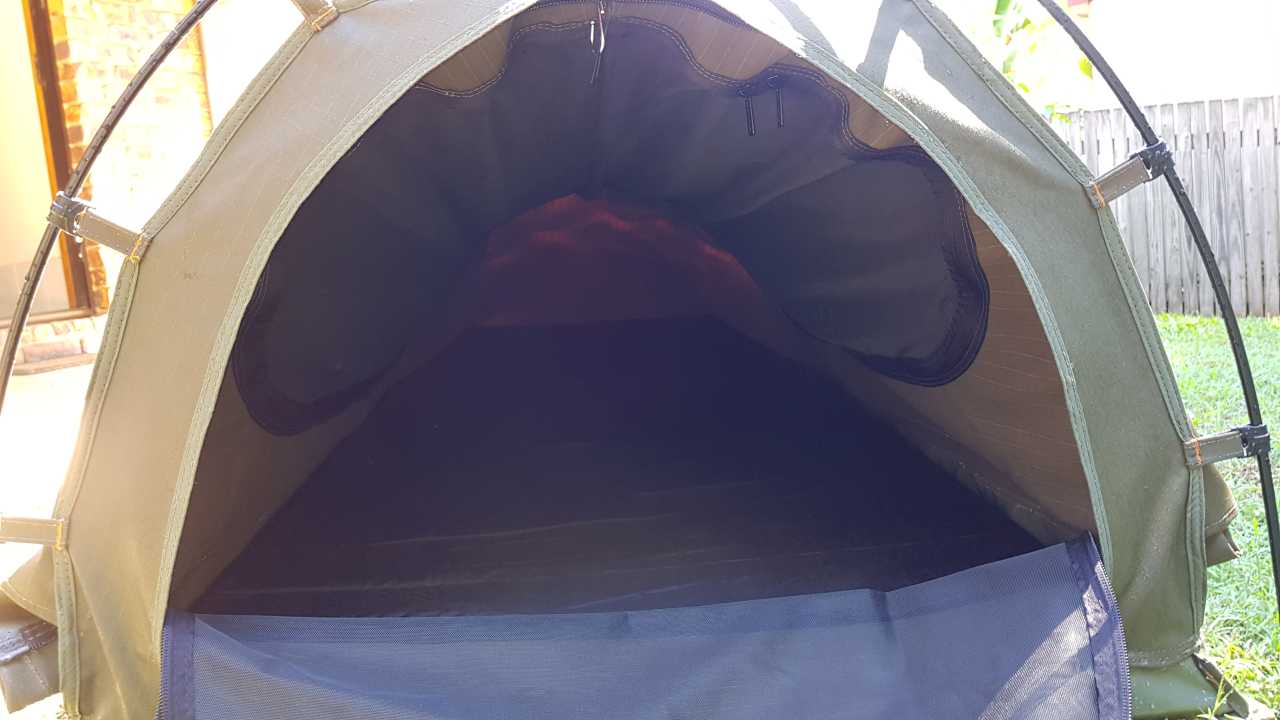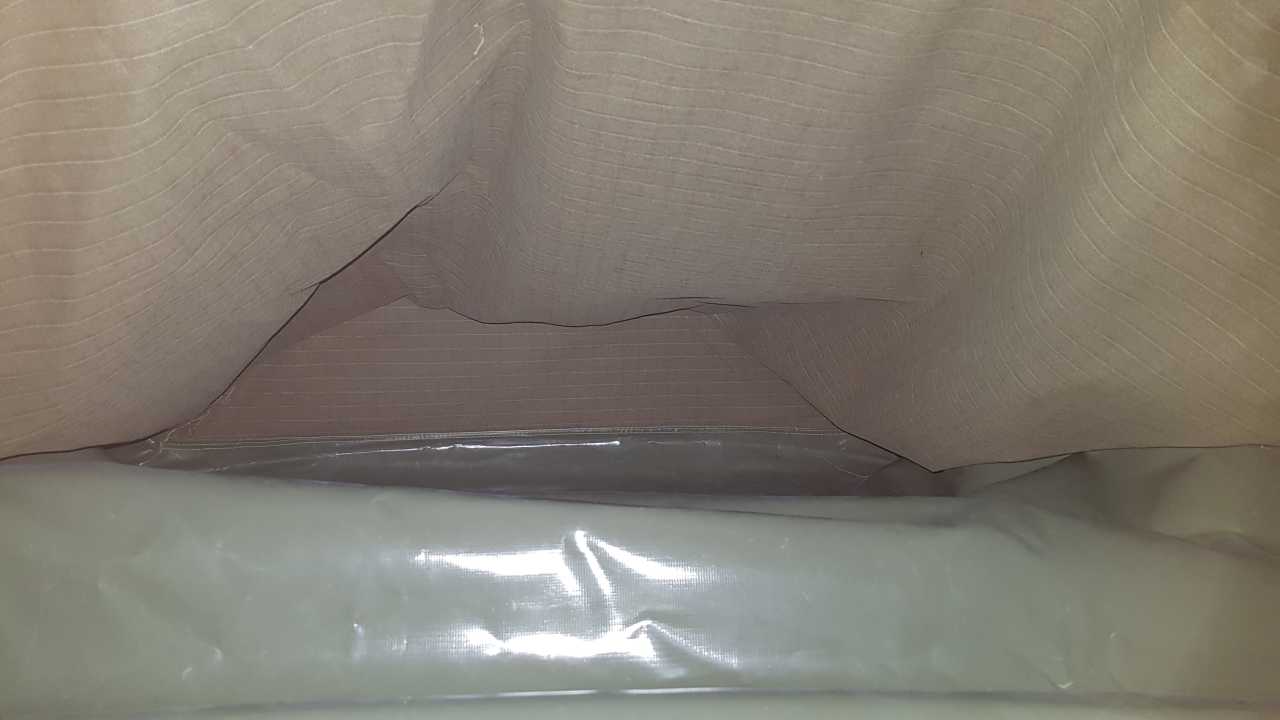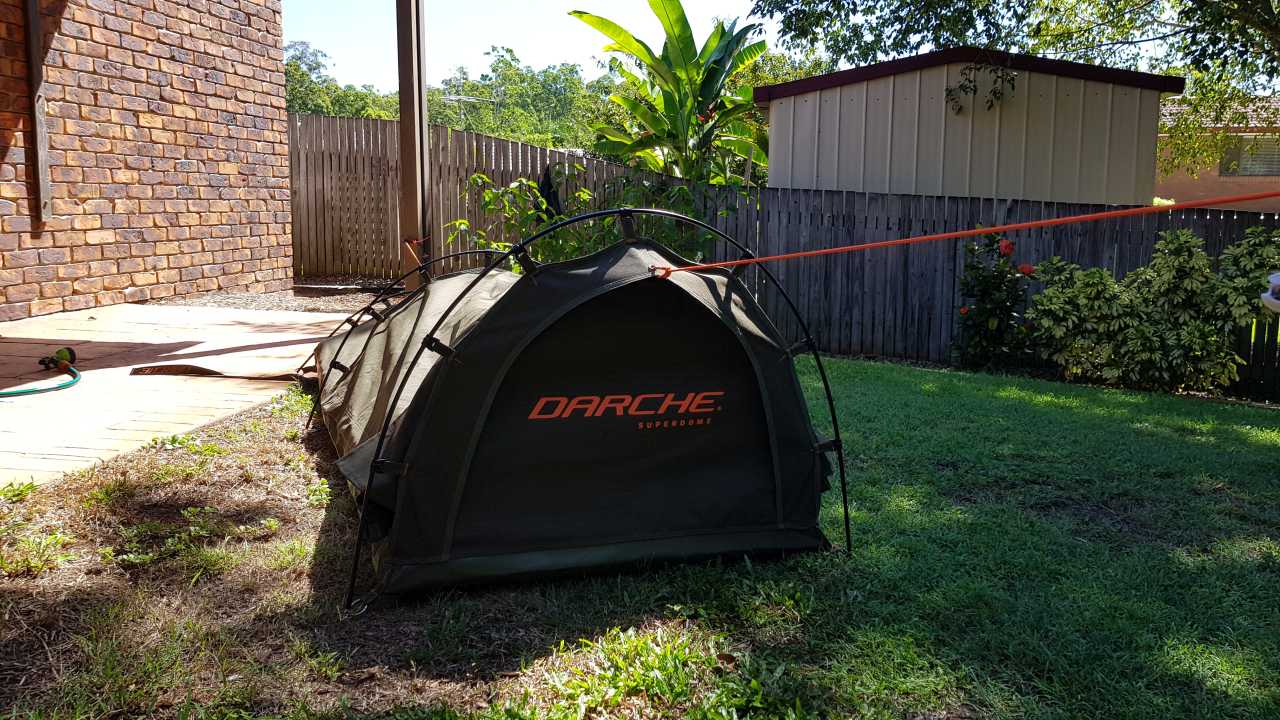Is it possible to be both a prepper and a minimalist? At first glance it doesn’t seem like it. Preppers often stockpile mountains of food, water, barter items and supplies which they believe will be required in a time of disaster. This flies directly in the face of minimalism where people try to have as few possessions as possible – typically under 100 items or a single backpack of gear.
Minimalism is about leaving behind a materialistic lifestyle where we live pay-check to pay-check irrelevant of the amount we’re making. Because we’re making more money on promotion we take this new found financial opportunity and stability to upgrade our household items faster, getting that new TV we’ve been waiting to buy and storing the other in another room for the kids. Eventually over a few years of this most families end up with countless electronics, furniture, heirlooms and toys and this is where the minimalism lifestyle comes in.
It seems like two incompatible lifestyles, but I’m giving it a try anyway and logging my findings over multiple posts as I learn more via experience. My theory is that if I have a single backpack of preparedness products I can count that as a single minimalist item, especially if stored out of sight and mind but still easy to reach.
This is where things get a bit difficult as a few of the items included in the BOB may have some overlap between daily use ones such as cutlery, portable stoves and utensils. You’re trying not to double up on items you own, but you also want everything in one backpack which is quick to grab in the event a catastrophic disaster arises. It’s a real pain to take items from the bag, use them, wash and dry them then return them to the bag every use, not to mention that you may have to do some digging to find them in the first place. Due to this I’ve chosen to keep a duplicate item in the backpack so I can just grab it and go if needed and not waste precious moments looking for what I’ve taken out – which could be the difference between life and death.
The ultimate aim of minimalism is to spend less and have the freedom to travel more without being weighed down by all your “stuff”. Therefore if you own something but aren’t attached to it and are prepared to give it up at the drop of a hat you can just abandon it and re-purchase a new one when you’re at your new location. This is the loophole I’m going to use, and as long as they’re neatly stored away they shouldn’t be included in the minimalism item count. Out of sight, out of mind.
Currently it’s only me living alone so I’ll only need enough food for myself to last about 2 months – which is 8x 12.5L decor storage containers. Each of these has on average 18 cans of food in them coming out to about 2.5 cans a day. In a tiny house this will be fairly easy to conceal within a pantry. Having a farm can drastically reduce the amount of food you require if your house is your Bug Out Location (BOL), just be sure to have enough stored for the harsher months.
Water is a little easier especially if you have a quality water filter which has a long lifespan and a river or lake nearby. There should be at least a week of drinking water on hand or a large water tank nearby.
Nothing can replace knowledge in a disaster and knowing how to acquire food and water during a disaster is vital to keeping your item count to a minimum. More Knowledge = Less Things.
There will have to be some form of compromise between prepping and minimalism. You can’t have that huge underground pantry with every type of food imaginable, not only is it more vulnerable to theft and disasters but you become attached to it and won’t want to leave if the situation demands. At least with a few storage boxes of food and portable water you can load up your vehicle and get out within 15 minutes. You can’t just grab a pantry shelf and throw it in the car, you’d have to put everything into boxes first and then load the car.
Preppers can also have a BOL in another part of the country stocked with food and other resources which they flee to in a disaster. This is another plausible idea which demands less carried survival items on you all the time. You just need to have enough food, water and fuel for 3 days to get you to your shelter – as you can get almost anywhere in a country (by car) in 3 days if you’re determined.
A final solution similar to the BOL would be storing smaller caches underground at various locations around the country with about a weeks worth of food and water inside. Or perhaps you could hire storage locations and fill them with supplies. Even if they are broken into pre-disaster, who would want to steal 1,000 cans of food and water? You could also offer your family / friends some money to keep some supplies in a corner of their house for you, you don’t even have to tell them what you’re storing if you wish – as long as you express it’s not illegal substances and that the items aren’t worth much.
Being prepared doesn’t mean “having a lot of stuff” stored for use in a disaster, that’s only a small part of the equation. The other parts of preparedness is preparing mentally, preparing physically, having contacts and like-minded people, gaining skills, gaining knowledge and gaining experience. It’s a culmination of these things that creates the ultimate prepper. The unskilled, unintelligent and ill-prepared people who need spoon feeding from pre-stocked cans of food, the real preppers can acquire all these from the wild foraging, farming and hunting.






